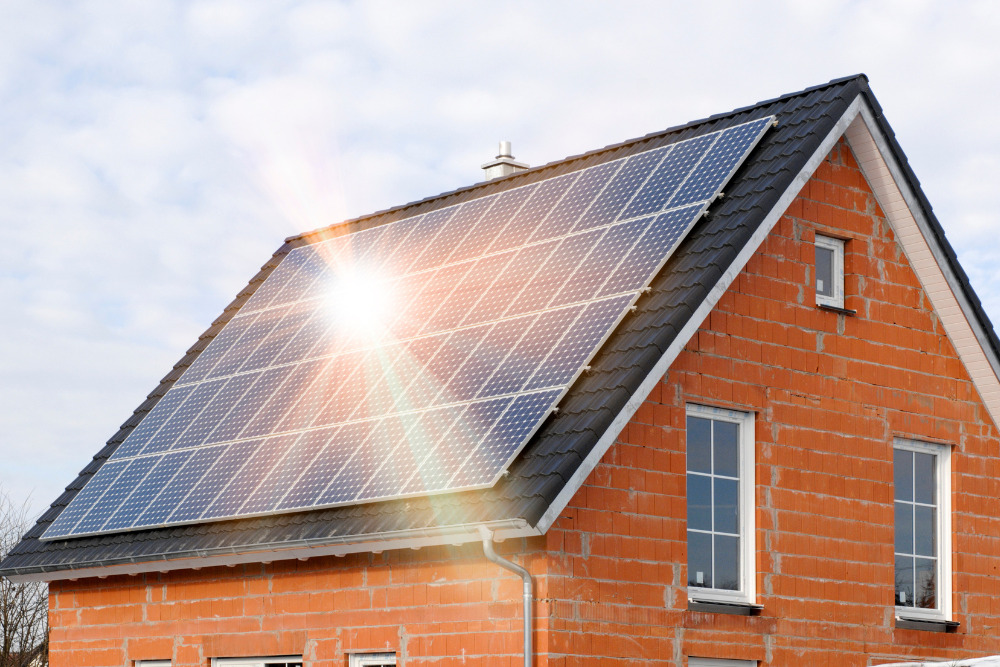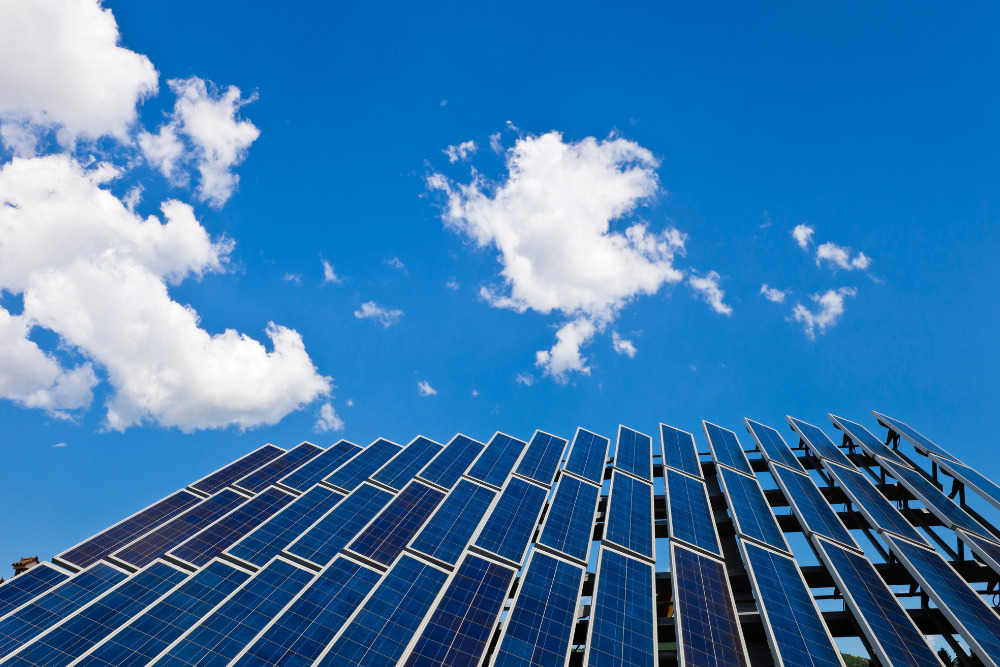
For peak performance, solar panels should be placed so that they are south-facing and have a tilt angle of between 30 and 45 degrees.
When installing a solar power system there are several things to consider, including the placement of the panels. The direction they face and the tilt angle directly correlate to their efficiency and performance.
What Direction Should Solar Panels Face?
If you live in the Northern Hemisphere, you should have south-facing panels. If you are in the Southern Hemisphere, the best direction for solar panels is true North. The reason for this is that they will receive direct sunlight throughout the day in these positions, making energy production more efficient.
During solar panel installation, you should remember there is a difference between true South and magnetic South (or North if you are in the Southern Hemisphere). This means your solar panels should be based on longitudinal lines on the map that always align with the true south pole, not based on magnetic south from a compass, since the earth's magnetic field is constantly shifting.
It is also possible to install west-facing panels if your roof doesn’t face south. These would capture more sunlight during the afternoon hours, which is generally the time that power usage goes up in the average household.

Does The Angle Of Solar Panels Matter?
Yes, the angle of your solar panels does matter. Finding the ideal angle is important because in order for them to produce the maximum amount of solar energy, the sun should be directly perpendicular to them.
Certain factors will play into this such as your roof angle, the shift of the angle of the sun depending on the time of year, and geographical location. However, as a general rule of thumb, you should set your panels up to find the optimal angle so the tilt angle is equal to your latitude.
For example, if you live in New York, which is 40 degrees north of the equator, you would set your solar panels up at a 40-degree angle. It is also important to consider the season you are in. In the winter months, you would add 15 degrees and in the summer months, subtract 15 degrees (if you have movable panels).
If you have a flat roof, you will want to find the best angle for your solar panels by installing a framing system. If you install the panels flat, they won’t absorb as much sun as needed for optimum renewable energy.
Should Solar Panel Placement Change With The Seasons?
Generally speaking, your home’s solar panel orientation will not need to change with each season. That being said, finding the optimum spot for your solar panel installation is critical if you want the best sun exposure and power output year-round.
Is A Solar Tracking System Worth It?
For most homeowners who want to install a solar energy system, a solar tracking system is not worth the additional investment. This is because it would cost more to install a rooftop solar tracking system than it would to install additional solar panels.
Because residential homes do not use nearly as much electricity as commercial buildings, the lower electricity bill will not be worth the high cost of the solar tracker. You could simply add additional panels to capture more of the sun’s rays.

What If Your Roof Doesn’t Face The Right Direction?
If your roof isn’t facing in the right direction for your solar panel system, a ground-mounted system may be your best bet. These solar energy systems work the same as rooftop systems, but they are installed on the ground either with surface-mounted panels or post-mounted panels.
Another option is to adjust the angle of your solar panels to offset the direction. This may be a bit more difficult to calculate, though an experienced solar installer will be able to do it.


